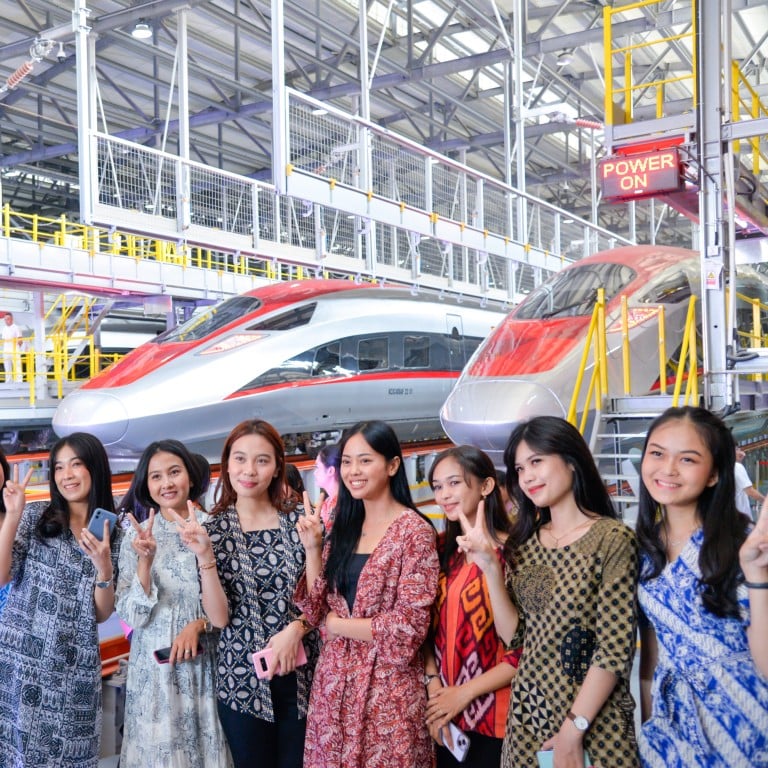
China, Japan – and now Indonesia – lead the charge on high-speed rail, while the UK, where the world’s first intercity trains ran, chugs along in their dust
- The Liverpool and Manchester Railway, which opened in 1830, was a world first. Today, the UK could learn from Asia about building high-speed rail links
- Meanwhile, a recent survey says it’s cheaper to stay in a hotel room than an Airbnb in many cities, pointing out a US$55 average saving in Hong Kong
In September 1830, the Liverpool and Manchester Railway, designed and built by George Stephenson, launched the first intercity service in the world. It was financially successful, too, and was used as a model for railway construction across Britain.
Almost two centuries later, Stephenson and other British train pioneers and inventors – the likes of Richard Trevithick, Matthew Murray and William Hedley – must be turning in their graves, seeing the inability of the current British government to take the High Speed 2 (HS2) line all the way back to Manchester.
That followed the scrapping in 2021 of the leg that was planned to operate from Birmingham up to Leeds. Now, assuming no more cancellations, HS2 will run only between London and Birmingham, and be operational by … well, that’s anyone’s guess, but the wide time frame of 2029-2033 has been mentioned.
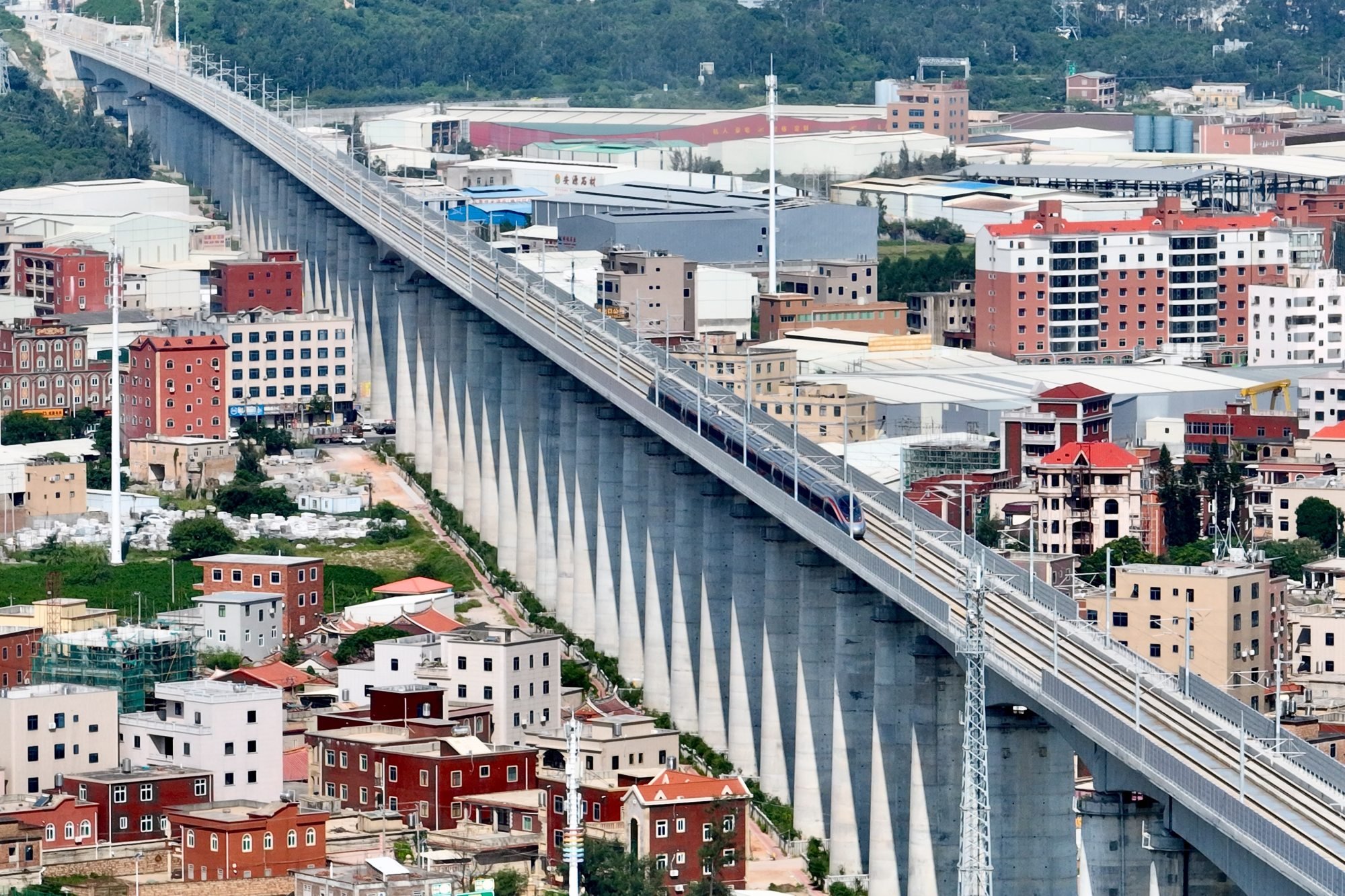
Meanwhile, Asia continues to show the Brits how high-speed rail – generally defined as having trains that travel at 200km/h (124mph) or more – is done.
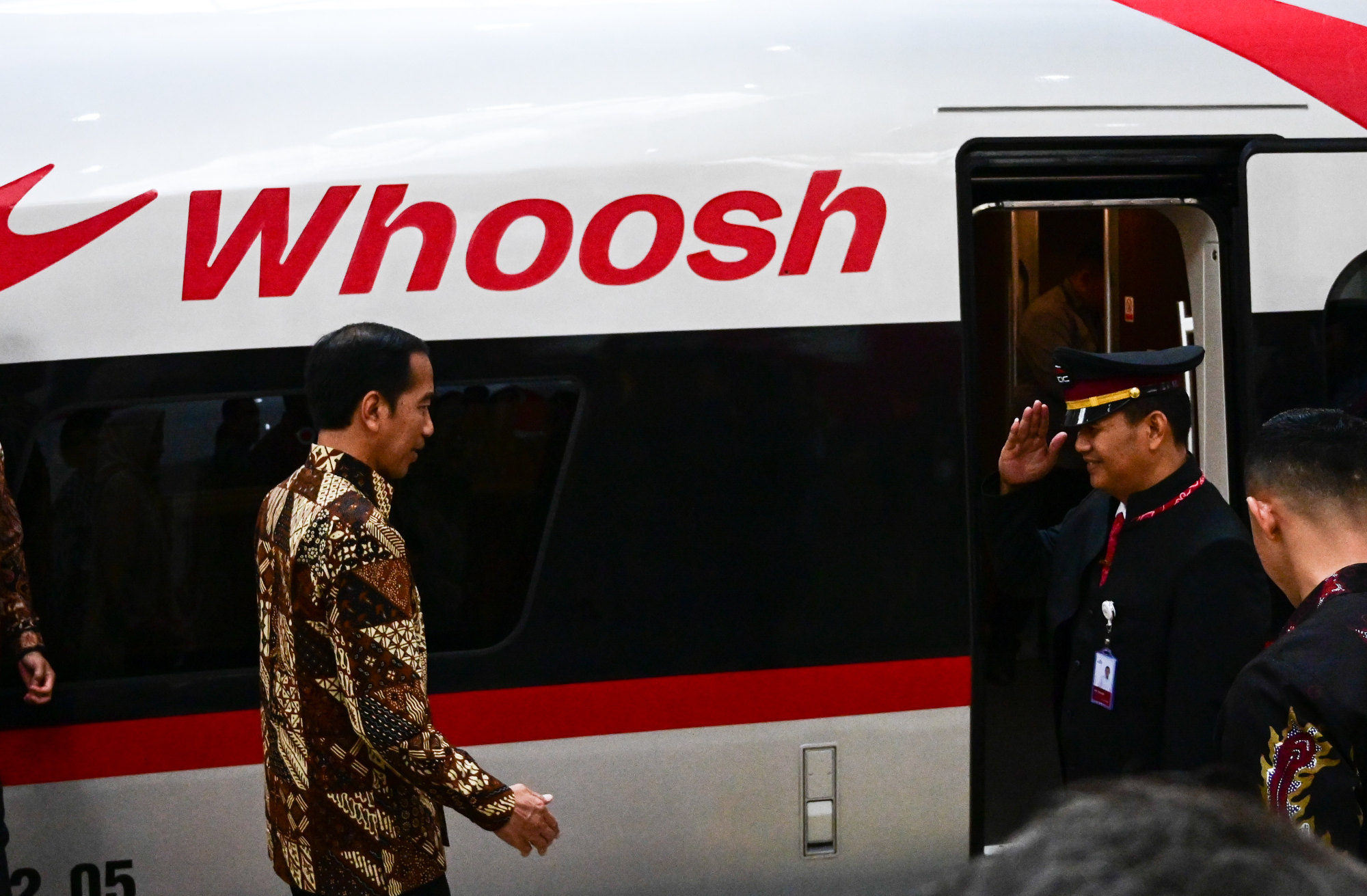
The Whoosh (do people use the definite article for a name based on the Indonesian acronym for “timesaving, optimal operation, reliable system”?) has been funded by China and constructed by the bilateral Kereta Cepat Indonesia China. It has four stations – Halim (in East Jakarta), Karawang, Padalarang and Tegalluar – and its engines have a maximum operating speed of 350km/h.
Passengers from the capital may have to use a feeder train from Padalarang station, but they can now be in central Bandung – a city known for its colonial and art deco architecture, cuisine, university-town feel and relatively cool tropical weather – in less than an hour, whereas it used to take more than three.
The US$7.3 billion project – begun in 2016 – has had its own delays and cost overruns, and doubts about its commercial viability persist, but at least Indonesians now have an efficient rail link between two major cities, and “President Widodo hopes to extend the rail beyond Bandung to reach major cities such as Kertajati, Yogyakarta, Solo and Surabaya”, reports the Nikkei Asia website.
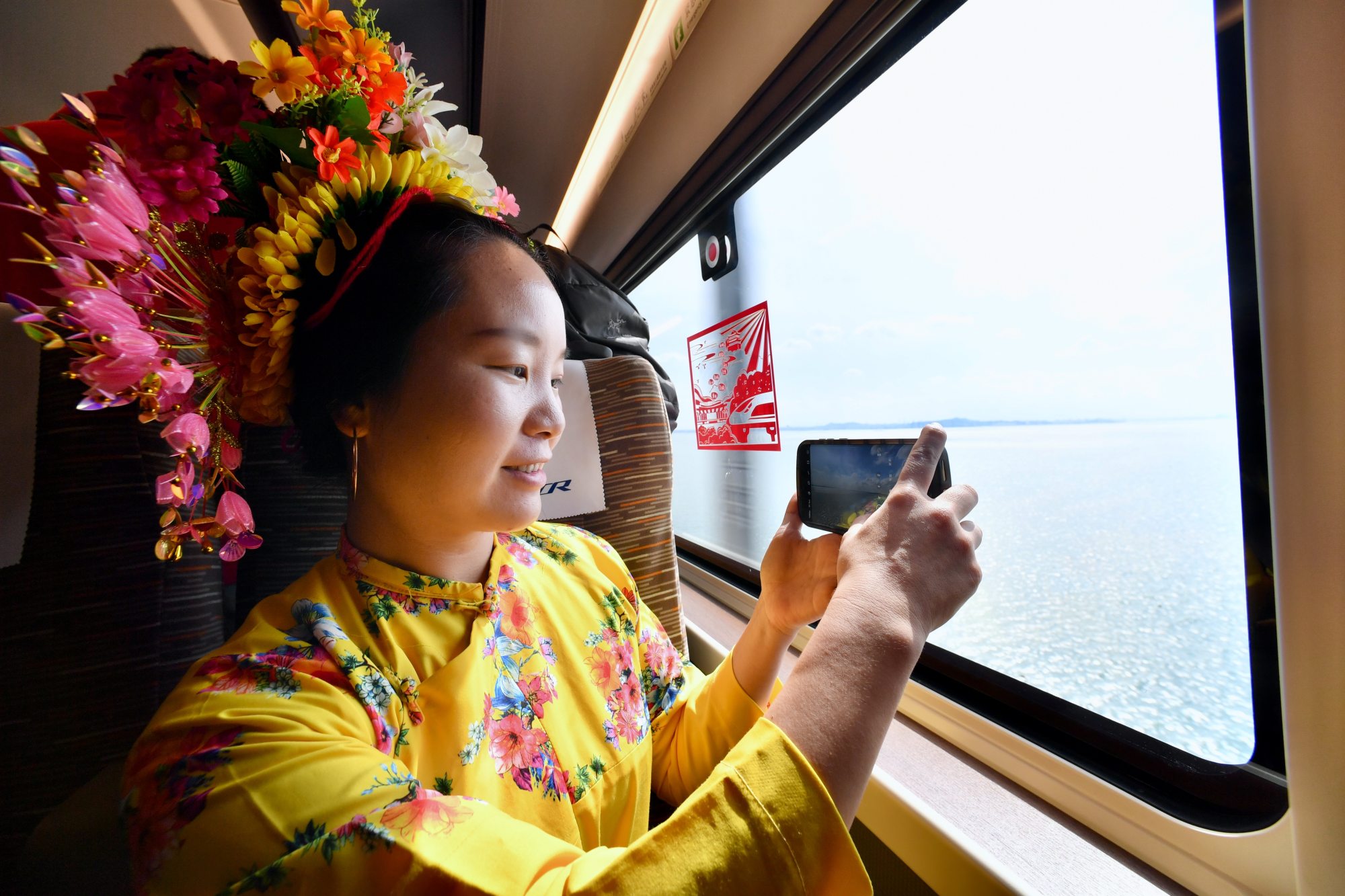
In Fuzhou, on September 28, the first train pulled out along the new 277km high-speed train line that runs down the coast and connects the Fujian cities of Fuzhou, Xiamen and Zhangzhou.
“The new railway currently has 84 bridges and 29 tunnels, plus 20km of track that goes over the sea, making it the country’s first overwater bullet train,” reports CNN.

Meanwhile, in Japan, work is continuing on the Chūō Shinkansen, a 285km line between Tokyo and Nagoya, 90 per cent of which will run in tunnels beneath mountains.
The line is being called revolutionary because along it will run L0 series maglev trains that, if we’re to believe the hype, will have a top speed of 605km/h and an average speed of 503km/h, leaving Japan Railways’ current bullet trains in the dust.
That means, when the line is extended at an as yet undetermined date from Nagoya to tourist-favourite Osaka, the Chūō Shinkansen will take only 67 minutes to reach what’s known as tenka no daidokoro (“the nation’s kitchen”) from Tokyo; hardly enough time to work up an appetite. Currently, the fastest Shinkansen takes a tummy-rumbling three hours and 10 minutes to get from the capital to Osaka.
Are Chinese tourists in Japan toeing the party line on eating seafood? Nope
The Tokyo-to-Nagoya stretch of the Chūō Shinkansen is projected to open in 2027 (although that seems ambitious) and cost US$47 billion. The 285km journey is expected to take 40 minutes.
By contrast, Britain has already spent an estimated US$120 billion on HS2 and, if Sunak hadn’t put a spanner in the works, a journey on it from London to Manchester – about 20km shorter in distance than Tokyo to Nagoya – would have taken one hour and 55 minutes.
Perhaps the land of the pioneers now needs to call in the continent of the experts.
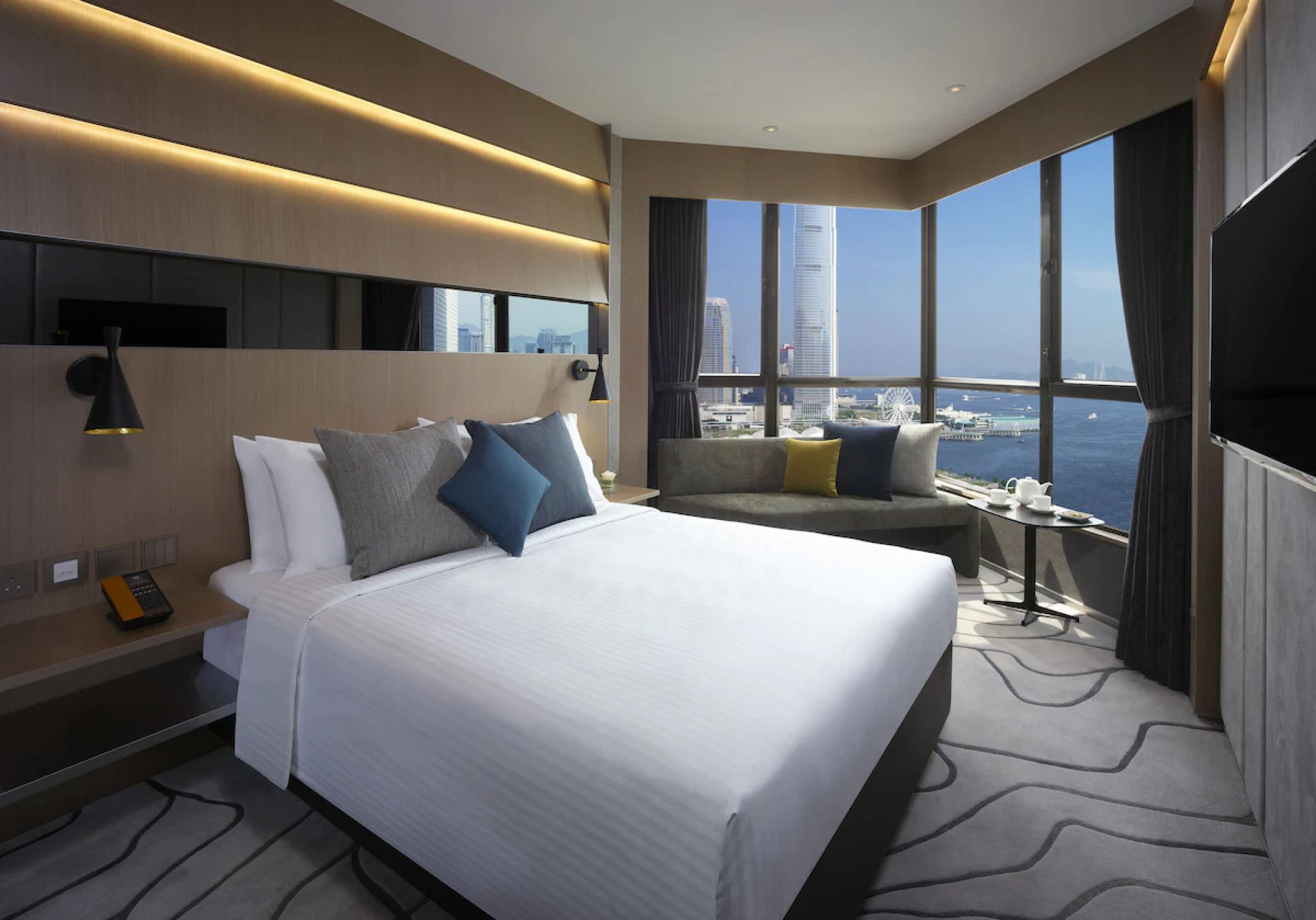
Hong Kong hotel rooms are cheaper than Airbnb?
Singapore and Hong Kong figure highly on a new chart produced by British consumer-affairs organisation Which? that suggests hotels (excluding the posh ones) are now on average cheaper than Airbnb- and Vrbo-listed accommodation.
Which? has found that in the 50 destinations it looked at, the price discrepancy between the “Average price of a one-bed Airbnb/Vrbo” and “Average price of a hotel room (four stars or less)” is greatest in Amsterdam: £183 (US$224) vs £116, so a saving of £67 per night if you check in at a front desk.
Singapore is second in the list (£141 vs £81, so £60 less) and Greater London third (£162 vs £102, so also £60).
Why are tourists not returning to mainland China?
Hong Kong is in sixth place (£98 vs £53, giving a saving of £45), but in Vancouver, Seville and Avignon, you’re still likely to find Airbnb units that are more affordable than hotels.
When approached for comment by Which?, Airbnb and Vrbo “both pointed out that holiday lets typically include kitchen and living spaces. Airbnb added: ‘This data is wrong and based on flawed methodology.’”
Well, they would, wouldn’t they!

